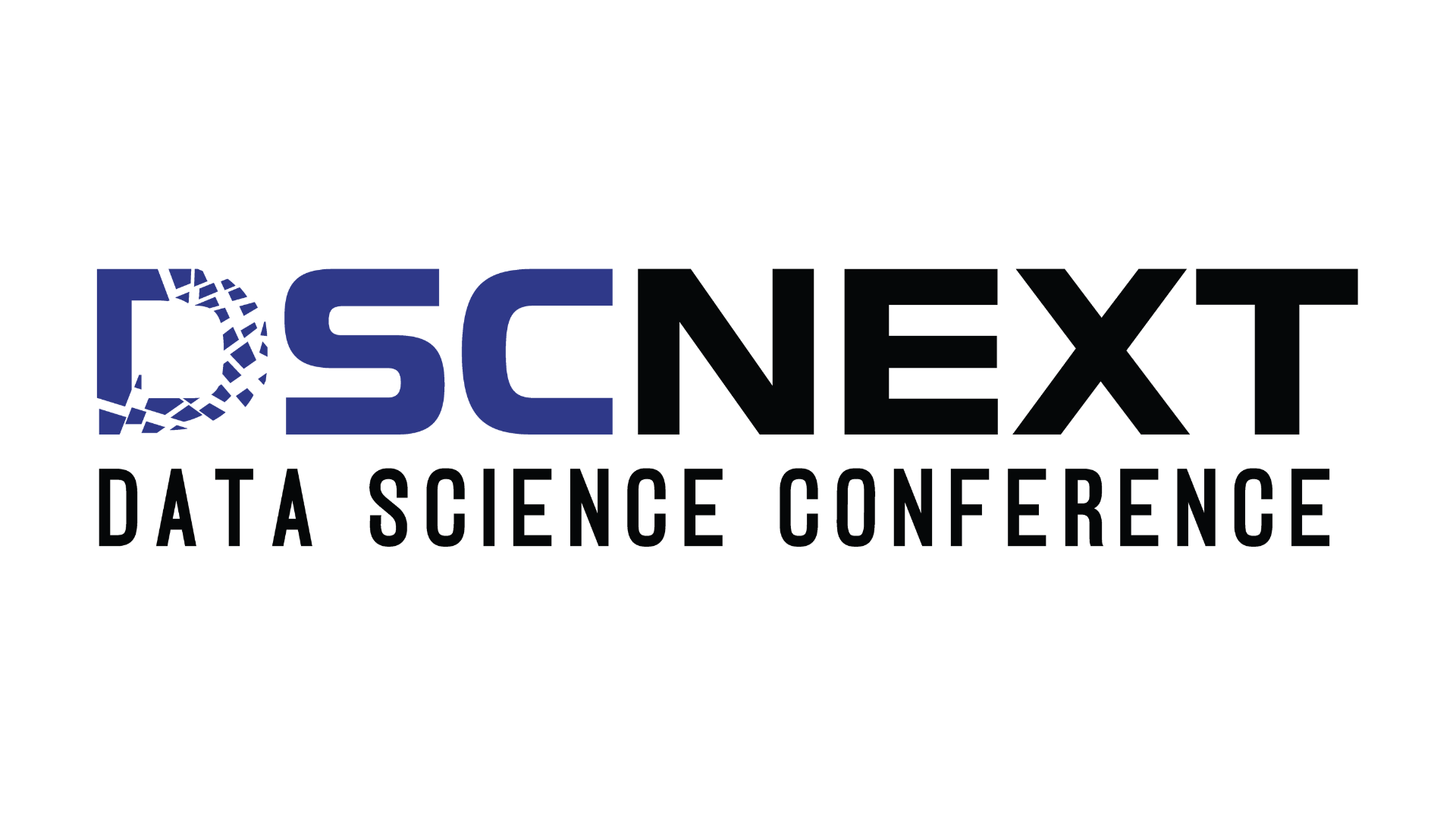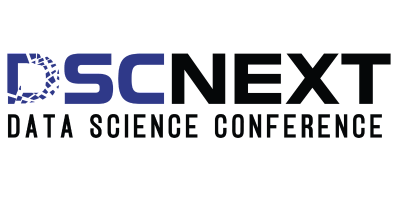
Discover how generative AI is transforming predictive analytics in 2025-accelerating workflows ,democratizing data science ,and shaping the future of decision- making.
The landscape of data science is undergoing a seismic shift in 2025, thanks to the rapid evolution of generative artificial intelligence (GenAI). Traditionally, data scientists have relied on statistical models and machine learning algorithms to uncover patterns and forecast future outcomes. But now, GenAI is stepping in—not to replace data scientists, but to elevate their work to new levels of speed, accuracy, and creativity.
At its core, predictive analytics is about using historical data to predict future events. Whether it’s estimating customer churn, forecasting product demand, or anticipating market trends, predictive analytics plays a central role in data-driven decision-making. Until recently, building these models required intense data preprocessing, feature engineering, and a strong foundation in machine learning. Enter GenAI.
Generative AI, built on large language models (LLMs) and advanced neural architectures, is enabling data scientists to automate and accelerate many of these complex processes. In 2025, tools like OpenAI’s ChatGPT-4.5, Google’s Gemini, and Anthropic’s Claude are not just helping generate code—they’re helping generate insights. These tools can now assist in cleaning messy datasets, suggesting optimal features for models, writing SQL queries, and even summarizing findings in natural language reports. This reduces the time from raw data to actionable insight, often from days to hours.
Moreover, GenAI is making predictive analytics more accessible to non-technical users. With natural language interfaces, business users can ask questions like “What are the top three factors driving customer churn?” and receive clear, data-backed answers. This shift is democratizing analytics across departments, allowing marketing teams, HR managers, and sales leaders to interact directly with their data, all while data scientists focus on fine-tuning strategies and validating results.
Another transformative aspect is real-time forecasting. GenAI models integrated with streaming data platforms are allowing organizations to run live predictions. For example, retailers can now adjust inventory based on live demand signals, and financial institutions can respond to risk indicators the moment they appear—all powered by GenAI-enhanced predictive systems.
Still, the integration of GenAI into data science workflows isn’t without challenges. Concerns about data privacy, model hallucination, and overreliance on AI outputs remain critical. The key in 2025 is to treat GenAI not as a replacement, but as a co-pilot—an intelligent assistant that complements human expertise.
In conclusion, generative AI is redefining predictive analytics by reducing complexity, increasing accessibility, and unlocking faster, smarter decision-making. For data scientists willing to embrace this change, the future holds unprecedented potential to innovate and drive impact. As GenAI continues to evolve, so too will the role of data science—becoming more strategic, more creative, and more essential than ever.
For those interested in exploring these trends in depth, DSC Next 2026—the premier data science and AI conference—promises cutting-edge sessions on GenAI, real-time analytics, and the future of AI-augmented decision-making. It’s the ideal platform for professionals looking to stay ahead in this fast-evolving field.

